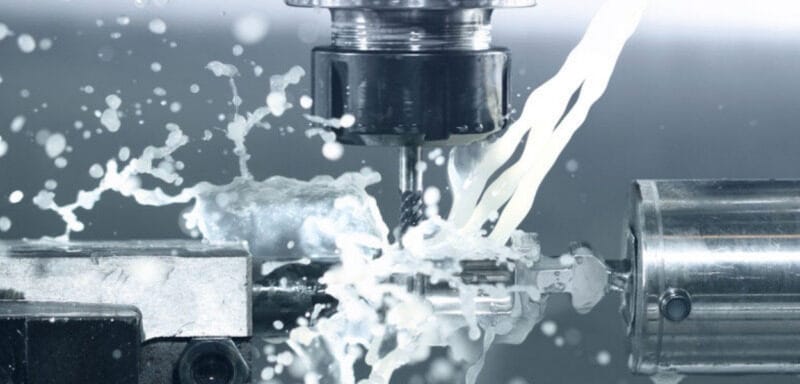The Significance of Die Cast Assembly in Industrial Die Casting:
In the realm of manufacturing, die casting stands out as a pivotal method for producing intricate metal components with high precision and efficiency. Central to this process is die cast assembly, which involves the integration of various parts produced through die casting into a single, functional unit. This technique not only enhances production efficiency but also contributes to the overall quality and performance of the final product. Understanding the intricacies of die cast assembly within the framework of industrial die casting is essential for businesses aiming to optimize their manufacturing processes and deliver superior products.
Understanding Die Casting:
Die casting is a manufacturing process that involves forcing molten metal under high pressure into a mold cavity. This technique is predominantly used for producing non-ferrous metals like aluminum, zinc, and magnesium. The primary advantage of die casting lies in its ability to create complex shapes with exceptional dimensional accuracy, smooth surfaces, and minimal finishing requirements. As industries strive for higher production rates and lower costs, die casting has become a preferred choice in sectors such as automotive, aerospace, electronics, and consumer goods.
The Role of Die Cast Assembly:
Die cast assembly refers to the process of combining multiple die cast components into a single assembly that serves a specific function. This step is crucial in the manufacturing cycle, as it determines how well the individual parts will fit together and perform as a cohesive unit. Die cast assembly can involve various techniques, including mechanical fastening, adhesive bonding, and welding, depending on the requirements of the application.
One of the primary benefits of die cast assembly is the significant reduction in assembly time and labor costs. By utilizing precision-engineered die cast parts, manufacturers can streamline the assembly process, thereby enhancing productivity. Additionally, the inherent accuracy of die casting means that the parts produced will typically fit together better than those made using other manufacturing methods, leading to fewer adjustments and rework during assembly.
Advantages of Die Cast Assembly in Industrial Die Casting:
The integration of die cast assembly in industrial die casting offers numerous advantages that can significantly impact the efficiency and effectiveness of the manufacturing process. First and foremost, the high level of precision achieved through die casting ensures that each component fits together seamlessly, minimizing gaps and misalignments. This precision not only enhances the structural integrity of the assembled product but also improves its overall performance.
Moreover, die cast assembly allows for the incorporation of various features and functionalities into a single unit. For example, manufacturers can design components that integrate complex shapes, mounting points, or even electrical pathways directly into the die cast parts. This level of customization can lead to more innovative products, as designers are no longer constrained by the limitations of traditional manufacturing methods.
The lightweight nature of die cast components, especially when using materials like aluminum, also contributes to the overall benefits of die cast assembly. Lighter products can lead to reduced shipping costs, improved energy efficiency in applications like automotive and aerospace, and easier handling during the manufacturing process.
Quality Control and Testing:
Quality control is paramount in die cast assembly, particularly because the performance of the final product depends heavily on the integrity of the individual components. Manufacturers often implement rigorous testing procedures to ensure that each die cast part meets the required specifications before assembly. Techniques such as X-ray inspection, ultrasonic testing, and dimensional analysis are commonly used to identify any defects or inconsistencies in the die cast components.
Furthermore, assembling parts in a controlled environment helps maintain quality standards. By minimizing exposure to contaminants and ensuring that all components are handled properly, manufacturers can enhance the reliability of their products. This commitment to quality not only ensures customer satisfaction but also fosters a strong reputation in the competitive industrial landscape.
Conclusion:
In conclusion, die cast assembly plays a vital role in the realm of industrial die casting, enhancing production efficiency and product quality. By integrating various die cast components into a single functional unit, manufacturers can achieve higher precision, reduce assembly times, and create innovative designs that meet evolving market demands. The advantages of die cast assembly extend beyond immediate production benefits; they contribute to long-term reliability and customer satisfaction. As industries continue to embrace advanced manufacturing techniques, understanding and optimizing die cast assembly will remain crucial for success in the competitive landscape. Through a commitment to quality and innovation, businesses can harness the full potential of die casting to deliver exceptional products that stand the test of time.

